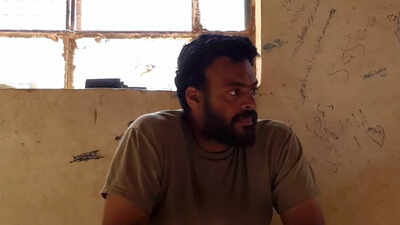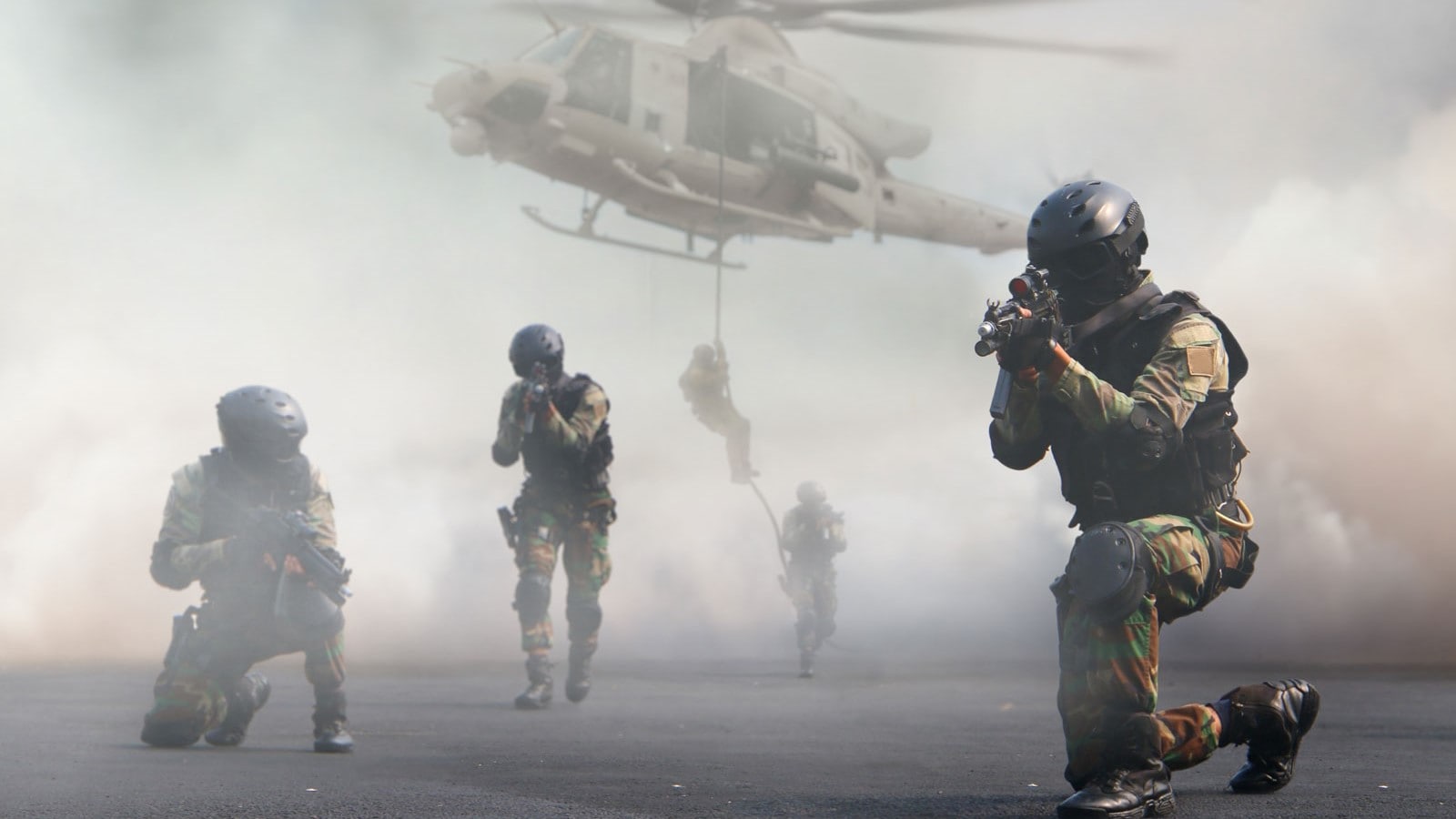ARTICLE AD BOX

At 19, Randip Singh stood in an Amtrak station in Albany, NY when a police officer approached him with an unusual request: “Can I see your passport?” He didn’t ask for a driver's license, but a passport.
The implication was clear.Years later, Singh would find himself 300 meters away from a 250kg Russian bomb that left a crater the size of a house in the Syrian desert. The shockwave that followed lifted the entire landscape toward him, like something out of a movie.Between these two moments lies a story that eludes categorization: a nuclear engineer who abandoned a promising corporate career to spend 11 years in the Army, including multiple deployments as a Special Forces medic in Iraq and Syria.
Now, sitting in Stanford's Graduate School of Business, Singh represents something increasingly rare: someone who chose the hardest possible path to find belonging.“I believe in things enough to give my life for them. That's why I liked the Army; there are people there who believe in causes,” Singh says matter-of-factly during our conversation.Singh's journey began with displacement. Born in America but raised in India after his parents divorced, he experienced what he calls “the outsider view” from an early age.
This perspective shaped him through boarding school, through his nuclear engineering studies at RPI in New York, and eventually through his time at General Electric, which he ultimately chose to leave. Singh’s deeper issue was belonging. Despite being born American, Singh felt like an outsider in his own country. The Amtrak incident wasn't isolated; he endured comments like “Hey, Osama, go back to your home”.“When you’re younger, you think that's gonna solve something,” he reflects on his decision to enlist.
“I thought serving would create belonging, not because I’m some patriot, but purely from my internal motivation of feeling like I belong in this country.”Singh didn't just join the Army; instead, he sought out its most demanding roles. He became a Special Forces medic, a position that required learning trauma medicine in one year – something that takes more than 5 – while maintaining the physical and mental standards of elite warfare."They basically combine what an ER surgeon does into one year, along with some dentistry, veterinarian medicine, and internal medicine," he explains. "You learn to do amputations, chest tubes, tooth extractions, and you only get two or three practice attempts. If you can't get it right in three tries, you're done. 70% of people fail."The training philosophy was brutal but effective. As one Grizzled Green Beret instructor told Singh: “80% of what you do won't affect the outcome of the patient.
20% will build your reputation."This lesson in accepting what you cannot control would prove crucial when Singh had to make triage decisions in treating victims of an ISIS attack. “Three people died,” Singh recalls, his voice quieting.“There's some amount of fate that you just can't control,” he says. “That was a big insight because until then I had this engineering mindset that I could control everything. Accepting that has made me much happier.”This perspective shapes how he evaluates human potential now. “Most people compare themselves too early to masters,” he observes. “They try to learn golf and immediately compare themselves to Tiger Woods. You discount your own potential because of that.”Instead, Singh values people who can “break problems down and go into insane detail.” In combat, this meant knowing exactly how many meters away a building was, even if it seemed irrelevant.
“When someone's life is on the line, I want to know everything.”Perhaps most striking about Singh is his refusal to choose between his Indian and American identities. “I see myself as 100% Indian and 100% American,” he states. “I can choose the good things from both cultures.”

This dual identity, forged through displacement and tested in combat, gives him a unique perspective on belonging. The teenager who felt he needed to prove his Americanness through military service now understands that belonging is “your own meditative thing and how you think about it.”At Stanford, Singh is preparing for his next chapter: returning to the energy sector, working on large infrastructure projects. But business school serves a different purpose than mere career preparation.“I lost some confidence in the Army because I was enlisted,” he admits. “I didn't know if I could make strategic decisions. Being here helps me build confidence that yes, I can do that too.”His three core values are autonomy, persistence, and integrity, which were forged through experiences most people never face.
His mother’s decision to leave an unsuccessful marriage taught him autonomy. His grandfather’s success as a self-taught machinist to a successful businessman demonstrated persistence. And the Army's unforgiving standards demanded absolute integrity.As he prepares to leave Stanford and return to building infrastructure that powers society, Singh carries with him the hard-won wisdom of someone who chose the most difficult path to find himself.
His story challenges comfortable assumptions about patriotism, belonging, and what it means to serve.“I wanted to see a part of human nature you can't see in corporate settings,” he reflects on his Army years. “It's a very raw form of humanity. That experience was worth everything.”In a world increasingly dominated by safe choices and calculated risks, Randip Singh stands as a reminder that sometimes the hardest path leads to the clearest understanding of who you are and what you're capable of.



.png)
.png)
.png)
















 4 hours ago
6
4 hours ago
6









 English (US) ·
English (US) ·